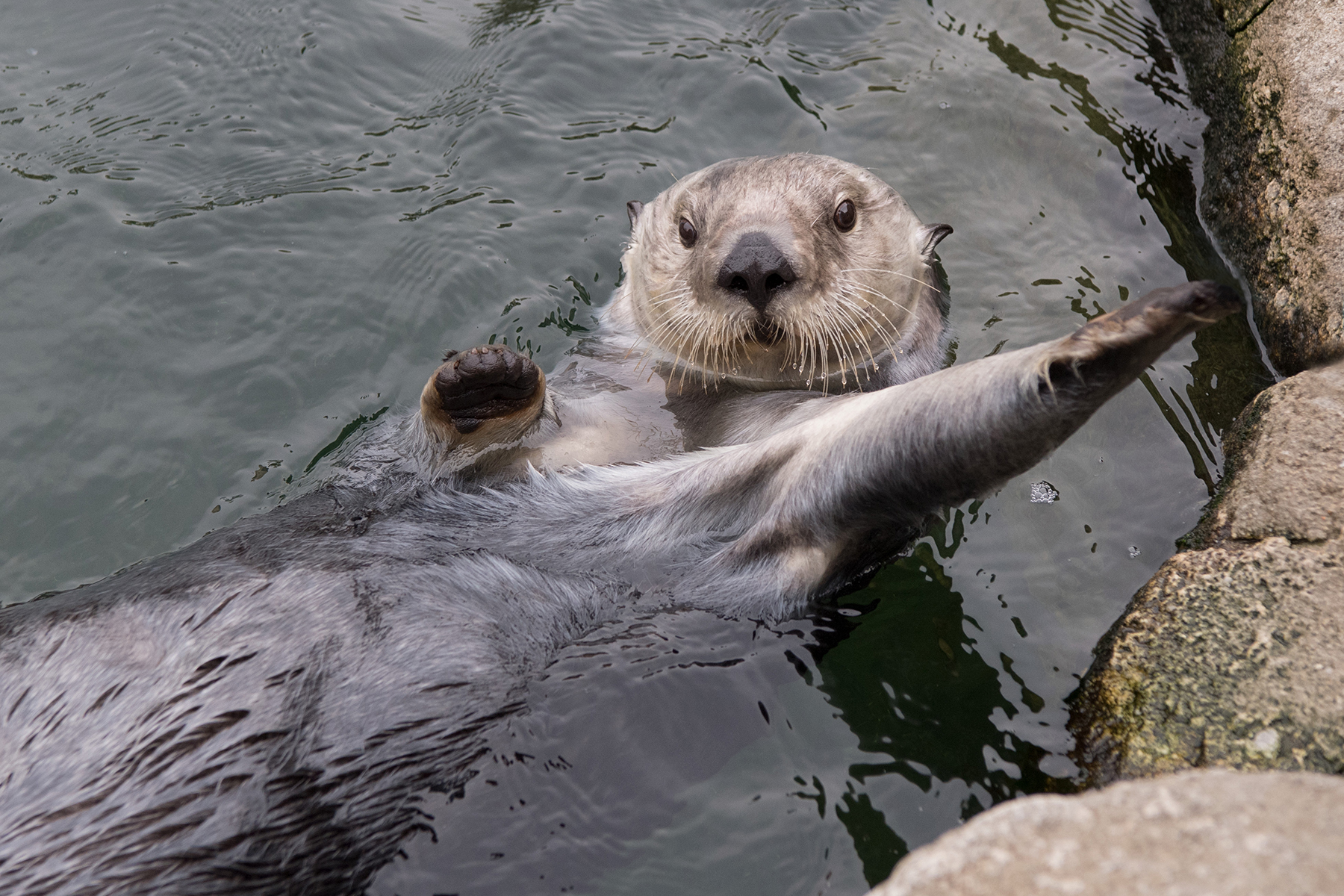Yes, some otters have pouches. Specifically, sea otters use them to store food and tools.
Otters are fascinating creatures that captivate attention with their playful antics and unique adaptations. Among the various species, it’s the sea otter that comes equipped with built-in pouches, usually located under their forearms. These natural pockets serve as a handy storage system, allowing them to keep their favorite rocks, which they use as tools, and small food items for later consumption.
This remarkable feature underscores the sea otter’s resourcefulness and is just one of the many traits that make these mammals so adept at life in aquatic environments. With their dense fur for insulation and a diet that includes a variety of marine life, otters play a crucial role in their ecosystems. Understanding otter behavior and anatomy is important for conservation efforts and appreciating the delicate balance of our marine habitats.
Do Otters Have Pouches
Otters are fascinating aquatic mammals that have generated interest and curiosity regarding their anatomical features. A common question arises: Do otters have pouches? It is crucial to explore the myths and realities surrounding this topic to clarify misconceptions.
The notion of pouches in otters is somewhat misunderstood. Unlike marsupials that have well-known pouches for rearing their young, otters use their loose skin to serve a different function. This skin, often mistaken for a pouch, is particularly useful for storing food or carrying tools like rocks used to smash open shells.
When examining different otter species, there is variability in the use of these skin folds. For example, sea otters are known to have a more pronounced use of this feature compared to other species. This adaptation is indispensable to their survival and foraging strategies in their aquatic habitats.
Otters’ Adaption Tools
Otters demonstrate remarkable adaptations to thrive in aquatic environments, one of which is the dense, insulating fur that keeps them warm in chilly waters. Unlike some other marine mammals, otters do not possess pouches for carrying tools or young. Their fur is unique; it’s considered one of the thickest fur coats in the animal kingdom, providing both buoyancy and protection against the cold.
Their behavioral adaptations are equally intriguing, especially in hostile environments. They are known for their ability to use rocks as tools, displaying a level of intelligence that helps them survive and navigate their habitats effectively. These evolved traits ensure that otters can not only find and capture their prey but also maintain their position in the ecological hierarchy despite the challenges they face.
Inside The Otter’s Habitat
Otter species exhibit varying physical characteristics, influenced predominantly by their habitats. Coastal otters tend to develop thicker fur for thermal insulation, while riverine counterparts might develop more streamlined bodies for efficient swimming. An interesting feature is the presence of pockets of skin under the otter’s forearms. These ‘pockets’ serve as storage for the otter’s prey during foraging and are also used to stash favorite rocks for cracking open shellfish.
Within these environments, the otter’s anatomical adaptations signify a deep symbiosis with their ecosystem. Notably, otters in the wild display more honed survival skills, showing clever and calculated behavior when navigating their surroundings. On the other hand, otters in captivity may exhibit less pronounced features, the result of not having to contend with the challenges presented by their natural habitat.

Credit: oceantoday.noaa.gov
Frequently Asked Questions For Do Otters Have Pouches
Do Otters Actually Have Pouches?
Yes, some otters have pouches. Specifically, sea otters have a loose patch of skin under their forelegs that acts like a pouch. It’s used to store food, tools, or grooming stones while they swim or eat.
What’s The Purpose Of Otter Pouches?
Otter pouches serve as a storage compartment. Sea otters use these pouches to carry prey and tools, like rocks used to break open shellfish, as they float on their backs. This adaptation helps them conserve energy while foraging.
How Do Otter Pouches Benefit Their Survival?
Otter pouches are crucial for their survival. They allow the storage of food and tools necessary for hunting and foraging, which enhances these animals’ efficiency when finding and eating food, thus improving their energy conservation and overall survival chances in the wild.
Can All Otter Species Have Pouches?
Not all otter species have pouches. The characteristic of having a pouch is specific to sea otters. Other otter species do not possess this feature and have differing adaptations to aid their survival.
Conclusion
Discovering the truth about otters and their pouch-use unveils a fascinating dimension to their aquatic lives. As we’ve explored, they do indeed possess pouches with a purpose—playing a pivotal role in their survival. Keep sharing the wonder of otters and their ingenious adaptations with others!

